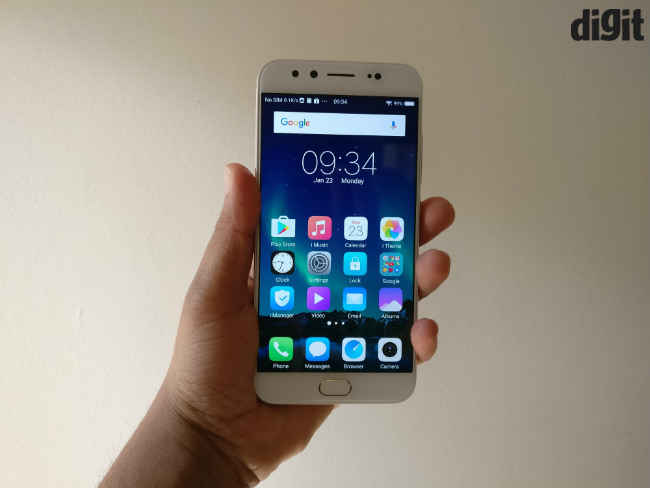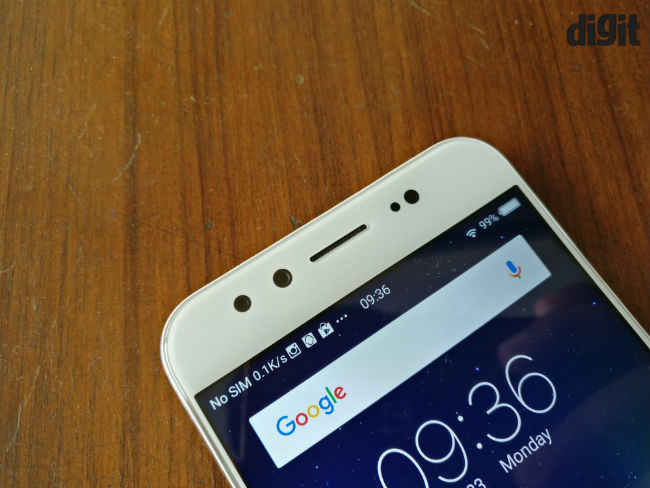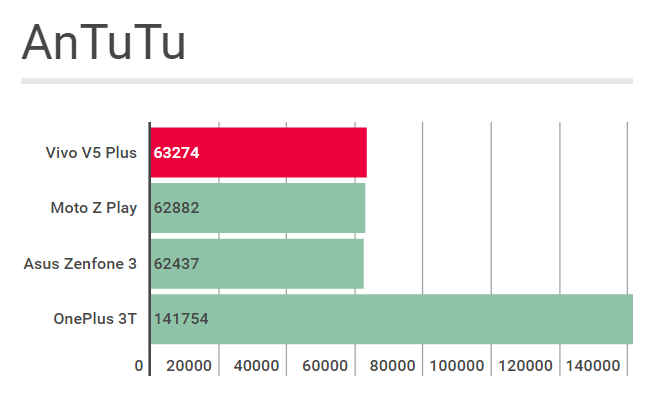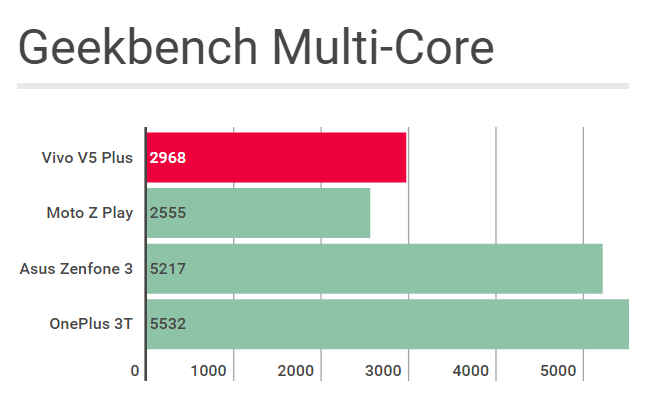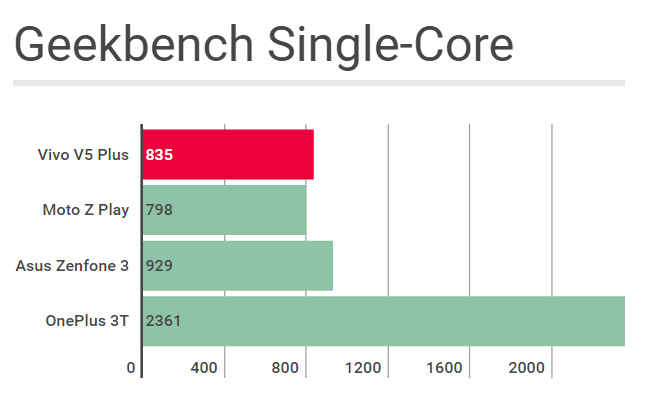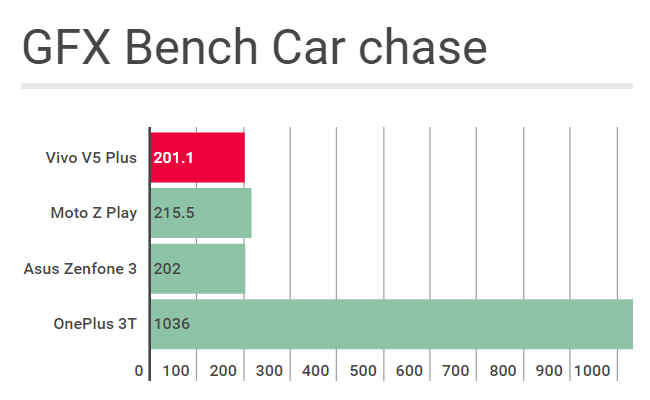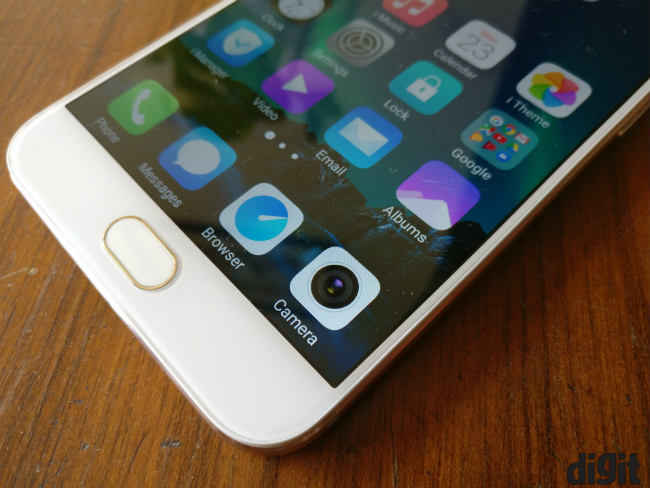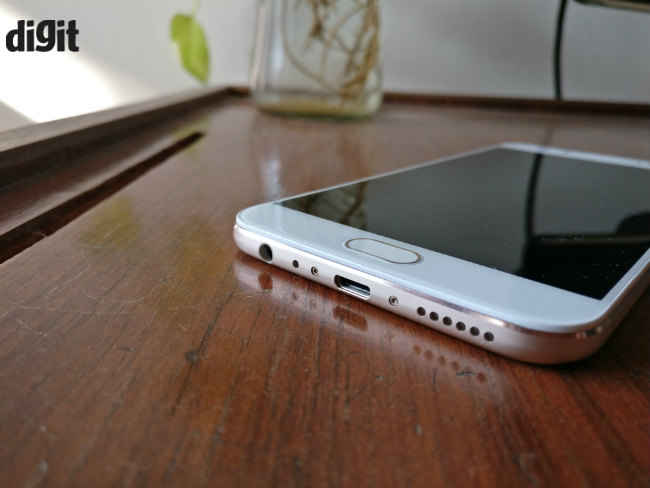Vivo V5 Plus Review : For that Bokeh Selfie
The Vivo V5 Plus is a good selfie centric phone and that’s pretty much it. Everything else about the phone is secondary and rather overshadowed by the OnePlus 3T.
In totality, there are a lot of things Vivo does right, while some attributes could have been better. We had the chance to take the phone for a spin and this is what we were able to assess.
Front facing camera
On the V5, Vivo already had a 20MP front facing camera, but it wasn't the best selfie cam we had seen at that time. On the V5 Plus, the company has chosen to add a secondary 8MP camera to the 20MP camera, which enables the phone to shoot better images in low light conditions, capturing more light and adding more details. The secondary 8MP camera on the front helps the phone to to take ‘Bokeh’ images of the subject. This means, you can get a good selfie with a cool defocused effect around you. That being said, colour reproduction is not true to source as the camera seems to whiten skin tones, even in normal selfie mode. You can get even more intense effects on-the-fly in the dedicated beauty mode. We like it, but whether you would like it or not, it's totally up to you. Although, at the end of the day, the images are not the correct representation of you.
Rear camera
Vivo has also updated the rear camera with the Plus version of the V5, and it now features a 16MP rear sensor. While this seems like an upgrade on paper, it is not so in real life. The test images we shot with the rear camera during the day came out really good, the colour reproduction is accurate and the focus time is fairly decent. However, there is an observable lack of detail, which became more evident when we tried to pixel peep the image on an external display. Like on the V5, the sharpness is evidently lower than its competition and the camera algorithm tends to soften down the images to hide noise. The situation becomes almost dire in low light images as the images miss most of their details, and there is too much noise rendering the images unusable.
Performance
While the rear camera is not as good as it should be, the new SoC atleast plays its part well. The V5 Plus is powered by a Qualcomm Snapdragon 625 SoC, which is paired with 4GB of RAM. Now, tech enthusiasts will be eager to point out that a similar setup was introduced by Xiaomi on the new Redmi Note 4 at a much lower price, but they will also agree that it is good setup nonetheless.
Coming back to the performance of the phone, there are no surprises here. The phone remains snappy as far as non-processor intensive apps are concerned. So, one can enjoy all the usual apps one would use on a smartphone, such as Facebook, Instagram, Gmail, YouTube, WhatsApp and more without much hassle. We even tried playing games such as Asphalt 8 on the phone while streaming music in the background and it works without any issues. Although, the app load times as well as the delay while switching between apps is considerably longer than the OnePlus 3T.
Gaming on the phone is also fairly decent and even with long gaming sessions, the frames remained consistently playable. The phone does stutter occasionally, but if you are not stressing on performance, you won’t be disappointed. However, all this does warm up the phone. It does not go beyond 40 degree celsius, and the heat dissipates very quickly as well.
Call quality and reception remained consistent for the most part. It is only when we took the phone on the underground metro, the signals started to fade away, but the overall performance is comparable to any other phone in its price bracket.
Battery
The battery pack on the Vivo V5 Plus also gets a slight bump over the V5. It uses a 3055 mAh battery, which copes well with the new processor and the phone churns out a workday worth of battery life without much hassle. We tested the phone with usual apps mentioned above, with constant and multiple IMs, video watching, and did indulge ourselves in half an hour gaming everyday. After all this, the phone only requires a charge in the night. Vivo is using a fast charging tech called Dual-engine quick Charging, but it still takes almost 2 hours to fully charge the device.
Display and UI
The Vivo V5 features a 5.5-inch display with a 1920 x 1080p resolution. There is nothing to complain about the display, as it is almost perfect. The viewing angles are good and the colour saturation is fairly decent. We recorded a max brightness of 410 lux at the centre of the display, which is just average. However, this does not affect the sunlight legibility as the phone is fairly visible under direct sunlight. The phone has thin bezels on both sides of the display, giving it better ergonomics than many other 5.5-inch devices. The 2.5D curved glass adds a touch of class to the whole design.
On the UI front, it is hard to miss the iOS like design and animations. In essence, Vivo’s entire funtouch OS 3.0 looks a like a high quality imitation of iOS. The notification and quick toggle panels are separate. The quick toggle panel can be reached by a swipe from the bottom. What’s more, even the icons looks like a copy paste job from iOS. That being said, Vivo is not the only phone manufacturer to do so, but Vivo has done the best job among the lot.
Design apart, the UI is highly functional and easy to navigate through. It does come with some preloaded apps such as Whatsapp, Facebook and Touchpal keyboard, but you can uninstall if required.
Build and Design
Now, most phones these days, especially from Oppo, Meizu and Gionee look like replicas of each other, especially from the front. The Vivo V5 Plus has a clean front, with a home/fingerprint sensor at the bottom of the display. The back is all metal, has rounded edges and two antenna lines have the same positioning as the iPhone 7. Our gold review unit, looks very similar to the the Rose Gold iPhone 7 from the back. All things said and done, the V5 Plus does look good and in a swift glance can be passed off as an iPhone.
The build quality on the other hand is not at par with any of the Apple products. Although, for the price, Vivo has done a decent job and the phone feels quite sturdy to use. The three physical buttons – power, volume rocker and the home key are tactile and have a pronounced feedback. Even the drilled speaker holes at the bottom as well as the micro-USB port is well machined and add to the premium look.
Bottomline
Overall, The Vivo V5 Plus is aimed at the selfie centric buyer and it delivers on that front. The dual camera setup adds the ‘bokeh’ effect without much hassle, thus creating the phone’s USP. The performance leaves much room for improvement compared to the competition, but the Snapdragon 625 does a decent job nonetheless. We would have liked if the rear camera could have been better, which would have added to the camera prowess of this device.
That being said, the OnePlus 3T remains the best phone in the sub-30K range offering better performance and a better rear camera.
Hardik Singh
Light at the top, this odd looking creature lives under the heavy medication of video games. View Full Profile


